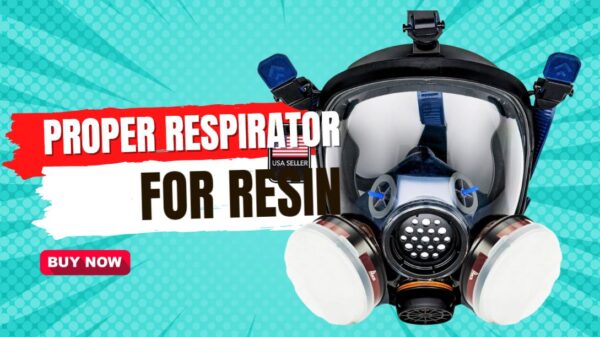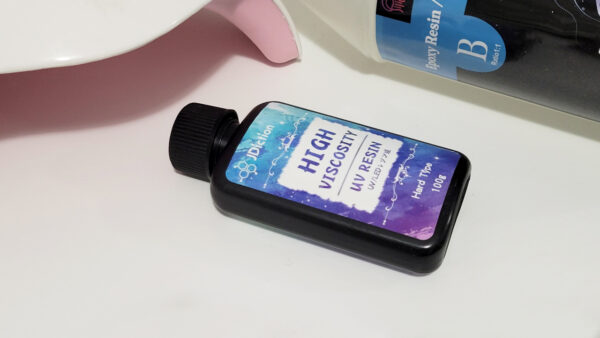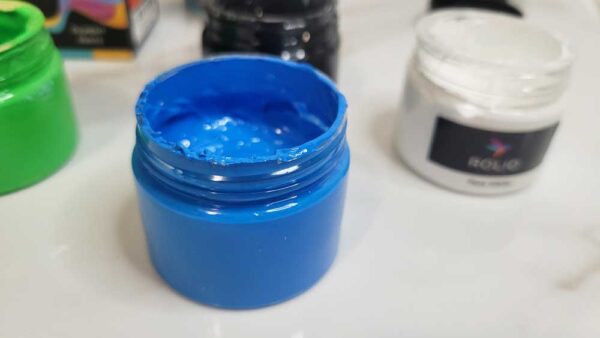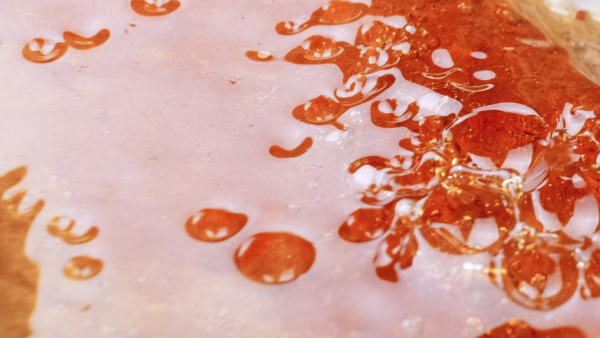15 Telltale Signs RESIN HAS EXPIRED
Today we are going to share with you common signs that your epoxy or UV resin has expired. You may be wondering, does epoxy resin go bad? Or how long does resin last
Resin and UV resin that we use for DIY projects will definately does expire. Over time, resin can degrade, losing its effectiveness and quality. Two part epoxy and UV resin can go bad.
How to use epoxy resin properly takes time, and we have compiled some excellent tips to assist you in the learning process.
Knowing whether your resin has expired is a must because if you have bad resin, it might not cure, can turn yellow or stay tacky. It’s just something that you never want to use.
In this guide, we will explore the signs and methods to help you determine if your resin has reached its expiration date.
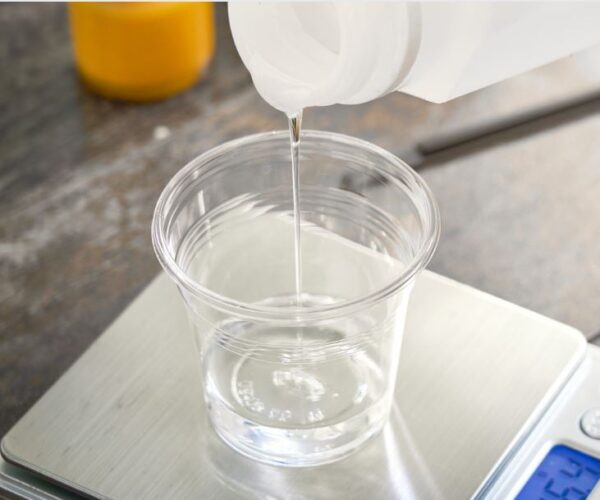
So, let’s go through this list together to become adept at recognizing the telltale signs of expired resin and avoid any unwanted surprises in your crafting or manufacturing ventures.
How to tell if resin has expired
1. Resin has a Change in Color
One of the most noticeable signs of expired resin is a change in color. As resin ages, it may undergo oxidation and chemical breakdown, resulting in a cloudy, yellowish, or discolored appearance.
Fresh resin is typically clear, transparent, and exhibits the desired color you expect.
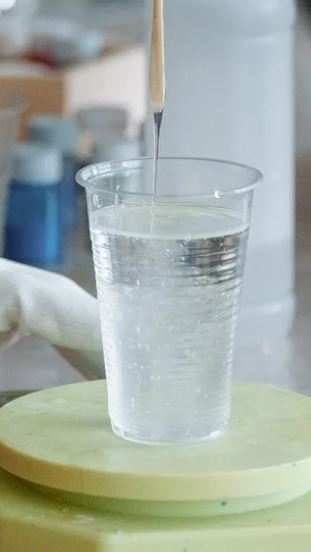
These changes can not only affect the aesthetics of your projects but also indicate a loss of resin quality.
2. Thickening or Clumping of the resin
Resin and hardener that has gone bad often thickens over time or develops clumps, making it unsuitable for use. This thickening is a result of the polymerization process continuing in the container, causing the resin to lose its desired consistency.
Attempting to use thickened or clumpy resin can lead to incomplete curing, a rough surface finish, and issues with workability.
3. Strong, Unpleasant Odor
An expired resin might emit a strong, unpleasant odor that differs from its usual or neutral scent. This odor is often a result of chemical breakdown or the release of volatile compounds.
A distinct and unpleasant smell can be an indication that the resin is past its prime and may not provide reliable results.
4. Separation of Components
Expired resin may no longer mix properly with the hardener. This can lead to incomplete curing, the formation of air bubbles, or inconsistencies in the curing process.
Inadequate mixing can result in structural weaknesses and undesirable imperfections in your resin projects.
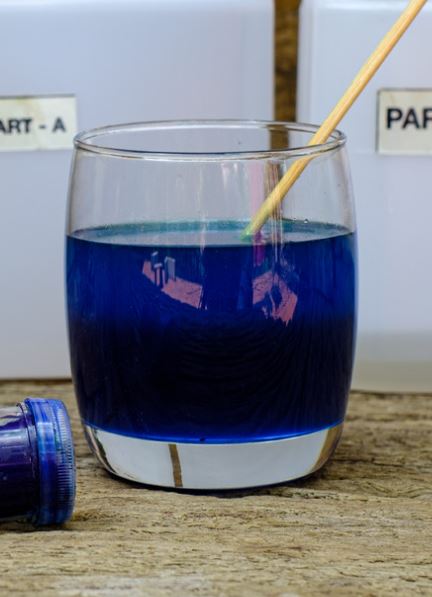
Fresh resin and hardener should mix together smoothly to create a consistent, well-balanced mixture. However, when resin expires, these components may separate and refuse to blend even with vigorous stirring.
This separation is a strong sign of expiration and can lead to difficulties in achieving the desired curing results in your projects.
5. Slow or No Curing
When your resin takes significantly longer to cure or doesn’t cure at all, it’s a sign of expiration. This indicates that the chemical reaction within the resin has been compromised, resulting in an ineffective curing process. In such cases, your resin project will not harden or may remain in a tacky state indefinitely.
Here are some more common reasons why the epoxy resin is not curing.
6. Sticky or Tacky Surface
Expired resin surfaces may remain sticky or tacky even after the expected curing time has passed.
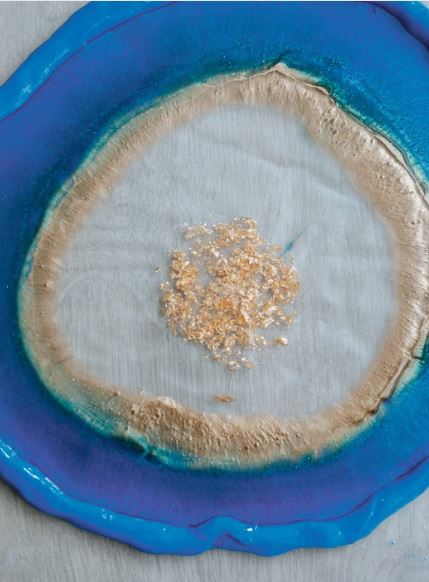
This stickiness is a sign of a chemical imbalance within the resin, which can occur when the resin is past its expiration date. A tacky surface is unsuitable for most applications and can attract dust and debris.
7. Brittleness
Over time, expired resin may become more brittle than fresh resin. This increased brittleness can make your projects prone to cracks, fractures, and structural weaknesses.
It is important to have resilient, flexible resin for various applications, and expired resin might compromise the durability of your creations.
8. Loss of Gloss in the resin
Resin typically provides a glossy finish when cured. However, as it ages and approaches its expiration date, it may lose this glossy appearance. Instead, the surface may become dull or matte, reducing the aesthetic appeal of your projects.
If a glossy finish is essential, using expired resin may not yield the desired results.

9. Presence of Sediments
Inspect the bottom of your resin container. If you find sediments, crystals, or solidified bits, this is a clear indicator that the resin has gone bad. These sediments are the result of chemical separation that occurs as the resin degrades.
Attempting to use resin with such sediments can lead to inconsistent curing and undesirable surface imperfections.
10. Increased Sensitivity to Temperature
Expired resin may become more sensitive to temperature fluctuations. It might become overly viscous in colder conditions or excessively runny in higher temperatures.

This change in temperature responsiveness can hinder the resin’s ability to maintain its desired form and consistency, making it less reliable for crafting or manufacturing projects.
11. Unclear Instructions
Faded, illegible, or missing instructions on the packaging can be a clue that the resin has been stored for an extended period. Manufacturers often include important information about the resin’s usage and shelf life.
The absence or deterioration of these instructions can be a sign that the resin has been stored for a long time and may have expired.
12. Excessive Air Bubbles in resin
Expired resin often produces more air bubbles during the mixing and curing process. Excessive air bubbles can make it challenging to achieve a smooth, bubble-free surface in your projects.

The increased presence of bubbles is due to changes in the resin’s chemical composition, affecting its ability to release trapped air. This can also cause the resin to have dimples.
13. resin Crystallization
The presence of crystals or a crystalline structure forming within the resin is a clear indicator of expiration. Crystallization occurs as the chemical compounds in the resin break down over time. Resin with crystal formations is no longer suitable for most applications and should be replaced with fresh material.
14. Reduced Viscosity
Viscosity refers to the thickness or flowability of resin. When resin expires, it may have lower viscosity than its original state. Reduced viscosity can affect the resin’s ability to maintain its desired form, potentially leading to problems with molding and shape retention in your projects.
15. Loss of Transparency
If you’re working with transparent or clear resin, keep an eye out for any cloudiness or opaqueness.
As resin expires, it may lose its transparency and become cloudy or opaque. This change can affect the aesthetic appeal of your projects, particularly if transparency is wanted.
Recognizing these signs and symptoms of expired resin is essential for ensuring the quality and success of your resin-based projects. When in doubt, it’s advisable to dispose of expired resin properly and acquire fresh material to achieve the best possible results.
Here’s why resin is turning cloudy.
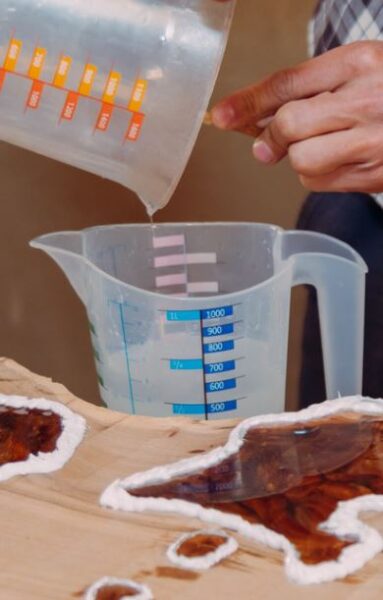
Always check the manufacturer’s recommendations and guidelines for storing and using resin to extend its shelf life and maintain its quality.
In Conclusion: Thank you for reading this guide on how to identify expired resin. Recognizing the signs and symptoms of resin that has reached its expiration date is important or you may have all kinds of issues.
Whether you’re a crafting enthusiast, an artist covering canvas with resin, or someone involved in industrial applications, the quality of your resin can significantly impact the outcome of your projects.
By understanding the indicators of expired resin, such as changes in color, thickening, unpleasant odors, and ineffective curing, you can make informed decisions about when to replace your resin.
Aged resin not only affects the aesthetic aspects of your projects but can also lead to structural weaknesses and inconsistent results along with safety issues which we discuss in our work with resin safely guide.

In the world of resin, precision and quality matter. So, if you encounter any of the signs mentioned in this guide, it’s recommended to dispose of expired resin responsibly and invest in fresh material.
Following manufacturer guidelines for proper storage and usage can help prolong the shelf life of your resin, ensuring that your projects continue to meet your high standards and creative vision.

We hope this guide has been helpful in your resin-related pursuits, and we encourage you to stay vigilant in maintaining the quality of your resin supplies.
With fresh, well-maintained resin at your disposal, you can continue to bring your creative visions to life with confidence and success.
